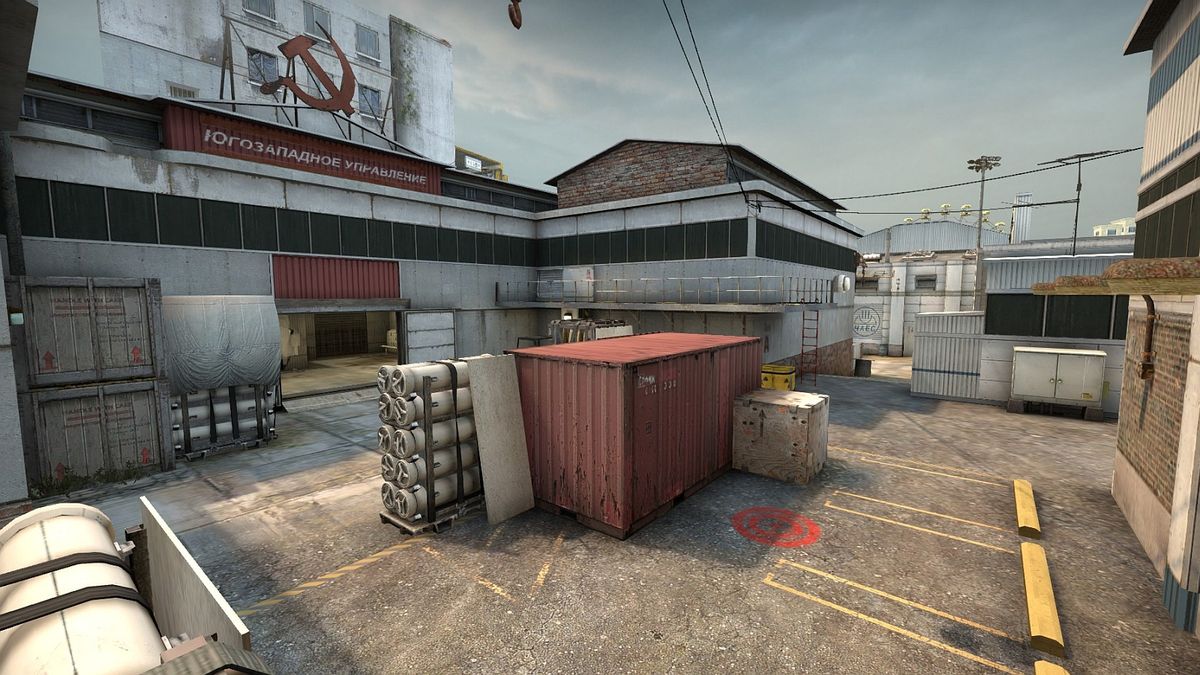Hookup Doc: Your Go-To Guide for All Things Dating
Explore the latest trends, tips, and advice in the world of dating and relationships.
Cache Chronicles: Secrets of the Aces
Uncover hidden strategies and insider tips in Cache Chronicles: Secrets of the Aces. Elevate your game and unlock your full potential today!
Unveiling the Mysteries: How Aces Manipulate Cache Strategies
In the intricate world of computer architecture, cache strategies play a crucial role in optimizing performance. Aces, or advanced computing entities, leverage these strategies to enhance data retrieval times. By effectively manipulating cache coherence and replacement policies, they ensure that the most frequently accessed data remains readily available. This not only minimizes latency but also maximizes throughput, thereby unveiling the underlying mysteries of how data flows through modern processors.
One of the most fascinating aspects of this manipulation involves understanding how aces prioritize data storage. Utilizing algorithms such as Least Recently Used (LRU) or First In, First Out (FIFO), these entities predict which data will be needed next, allowing them to make informed decisions about cache allocation. Moreover, the synergy between hardware and software in adjusting cache lines and sizes further illustrates the complex yet crucial dance of technology aiming to provide seamless user experiences.

Counter-Strike is a popular first-person shooter game known for its competitive gameplay and tactical team strategies. Players can enhance their gaming experience by customizing their weapons and skins, including items found in various loot boxes. One such item is the recoil case, which offers unique skins that players can collect and trade.
Top 5 Secrets Every Cache Ace Wants You to Know
When it comes to caching, Cache Aces are the experts, and they’ve learned a few secrets over time that can significantly enhance your caching experience. First and foremost, mastering the art of data organization is crucial. This means categorizing your items efficiently, which not only improves retrieval speed but also keeps your cache clutter-free. Whether you’re dealing with a web cache or memory storage, a well-structured cache saves time and resources. Additionally, understanding the cache eviction policies can make a huge difference, as knowing which data to keep and which to discard will maintain optimal performance.
Secondly, it’s essential to regularly monitor your cache performance. Tracking metrics such as hit rates and latency can provide valuable insights into what’s working and what needs improvement. Keep in mind, Cache Aces often recommend using analytics tools to set benchmarks and adjust your strategy accordingly. Finally, don’t underestimate the power of collaboration within the caching community. Engaging with other enthusiasts can expose you to innovative techniques and solutions you may not have considered. So, whether you’re a seasoned pro or just starting, these secrets can help you become a cache ace yourself!
Are You an Ace or a Rookie? Tips to Level Up Your Caching Skills
In the world of web development, caching is a critical skill that can significantly impact your site's performance and user experience. Whether you're an ace or a rookie, improving your caching strategies can lead to faster load times and reduced server load. Start by understanding the different types of caching, such as browser caching, server caching, and CDN caching. Each type has its own set of rules and best practices. For instance, browser caching can help store static files on a user's device, decreasing the need for repeated downloads. Dive into the specifics of caching headers and expiration dates to optimize your cache effectively.
As you progress in your caching skills, consider implementing the following tips to elevate your expertise:
- Analyze Your Current Caching Strategy: Use tools like Google PageSpeed Insights to identify caching issues.
- Experiment with Different Cache Types: Don't hesitate to try various caching solutions like Redis or Memcached.
- Regularly Clear and Refresh Your Cache: This will prevent stale content and ensure users receive the latest updates.